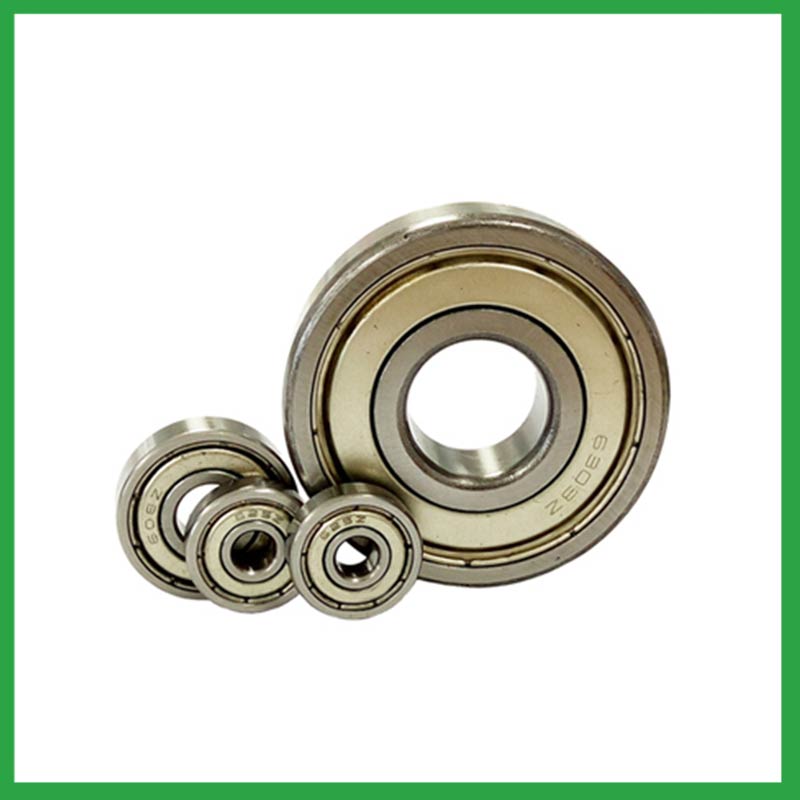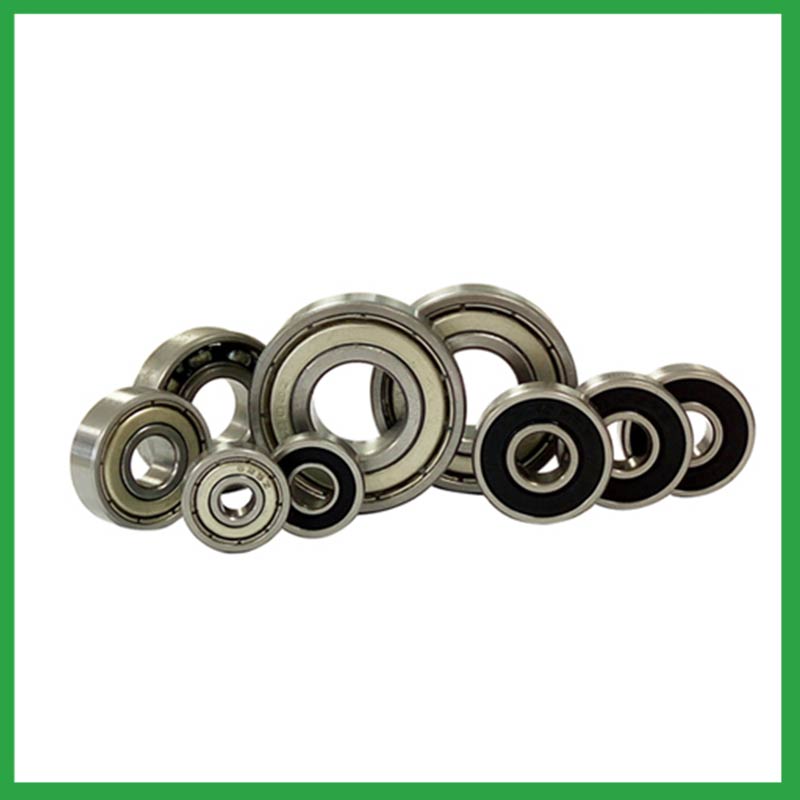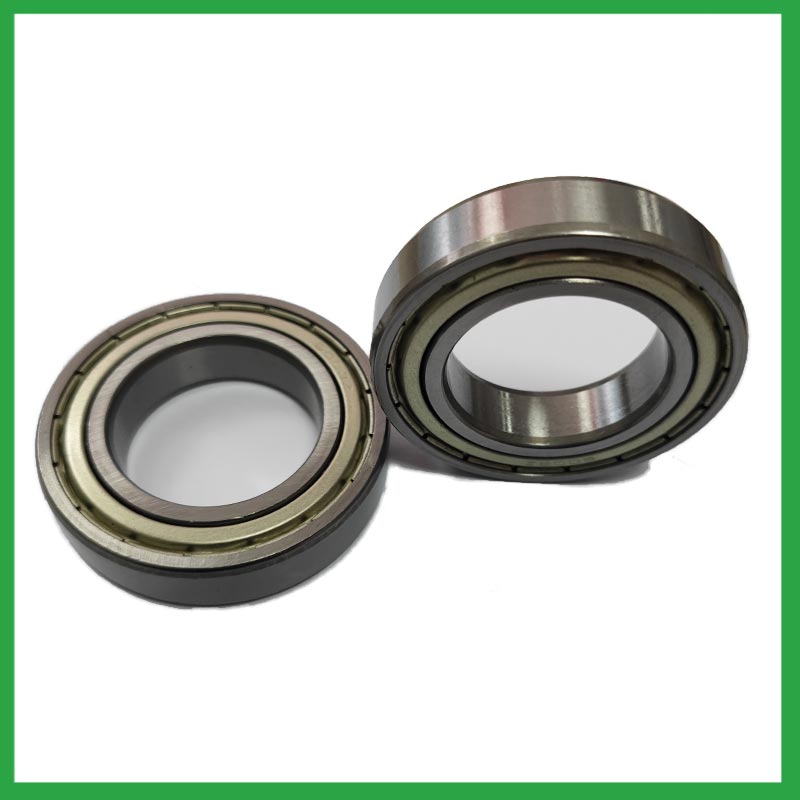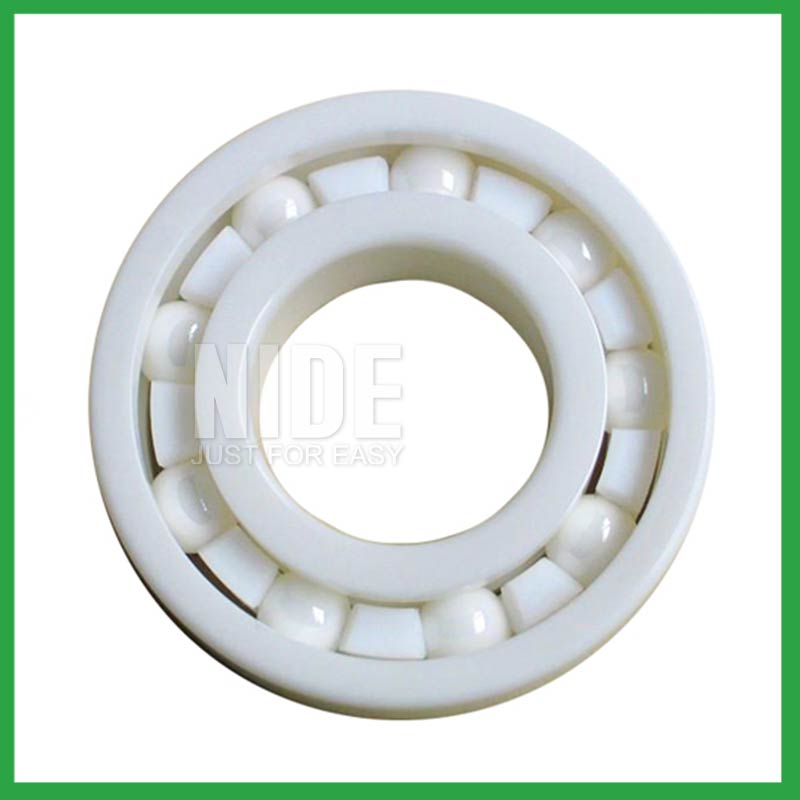PRODUCTS
CONTACT US
Ningbo Nide International Co., Ltd.
一一
· Contact person:Jack Zeng
· Mob/Whatspp/WeChat:0086-13738869026
· Email:emarketing@nide-group.com;marketing4@nide-group.com
· Add:No. 169, Wohushan Road, Daqi Subdistrict, Beilun District, Ningbo, China

Nide team could manufacture ball bearing as per customer’s drawing and samples.
If customer only has samples, we could also design drawing fo r our customer.
We also provide customized service.
Our ball bearing is widely applied the different industrials.
Haishu Nide International Co., Ltd is a professional ball bearing manufacturer in China, exporting various high-precision bearings to target industries around the world since 2010. The factory is located in Suzhou, with a factory area of 9000 square meters and 102 employees. It mainly produces single machine and fully automatic production lines for motor assembly line,BLDC motor winding machine,external rotor production machines,motor stator and other customized machine tools or production lines.
We has professional technology and rich experience in quality control, customs clearance, commodity inspection, cargo transposition, insurance.We has rich stocks and is able to provide long tern stable supply, including rapid and urgent cargo handing . With companies in Europe, America , Japan and Korea, we are an integrated supplier of bearing, marketing all over the world.

| Parameter | Information |
| Product Name | first ball bearing |
| Place of Origin | China |
| Brand Name | Nide |
| Material | ceramics, etc. |
| Type | Ball |
| Warranty | 3months-1year |
| Port | Ningbo/Shanghai |
| Application | food processing machinery, etc. |
| Size(mm) | customize |
| Color | gray+customized |
| Precision Rating | as per customer's requirement |
| Certification | ISO 9001 Certification,CE-stator coil forming machine,ISO9001:2015 certificate,etc |
| Feature | High speed,Simple structure...etc |
| Packaging Details | Suitable for sea transportation |
| Service | one-stop service |
| Model Number | ball bearing |
| Supply Ability | 100000-500000 Piece/Pieces per Month |
| Lead time (days) | 15-20 (To be negotiated) |
Please note: The above table data is for reference only. For specific information, please contact us.
first ball bearing require thrust for installation, which can be achieved by using a combination ring made of steel sleeve and transmission rubber, or by using an adjustment plate to tighten the bolt to form a combination ring installation structure.
During the disassembly process, the outer shell should be kept intact to avoid unnecessary damage;
When replacing installation components, attention should be paid to the accuracy of the support components to prevent deformation;
During the disassembly process, attention should be paid to protecting the surface quality of the ball bearing to ensure its performance;
During the operation, attention should be paid to removing surface dust to ensure the quality of the ball bearing.
Ball bearings have many advantages, making them highly competitive in the market.
Firstly, they are very durable and have good wear performance, making their service life longer than many other types of bearings.
Secondly, they are easy to install and can provide low friction performance in various applications.
Thirdly, they require a relatively low level of maintenance, making them cost-effective.
In addition, compared to many other types of bearings, their purchase cost is relatively low, making them an economical choice.




first ball bearing---FAQs Guide
2.How do sealed first ball bearing prevent the ingress of contaminants and extend the bearing's service life?
3.Are there self-aligning first ball bearing that accommodate misalignment and shaft deflection in rotating equipment?
4.How do different first ball bearing designs, such as deep groove, angular contact, or thrust bearings, cater to specific applications?
5.What are the common materials used in first ball bearing manufacturing?
6.How do preloaded first ball bearing enhance rigidity and reduce clearance in high-precision applications?
7.What are the after-sales services available for first ball bearing?
8.How do first ball bearing provide smooth and controlled motion in various mechanical systems, such as conveyor belts or automobiles?
9.How do manufacturers address concerns related to bearing noise and vibration in sensitive equipment?
10.What is the role of first ball bearing in reducing friction and wear in automotive applications, such as wheel hubs and transmissions?
11.Do first ball bearing come in various tolerance classes?
12.How do cage designs affect first ball bearing speed and acceleration capabilities in high-speed machinery?
1.Can first ball bearing operate in high-speed applications, and what design features make them suitable for such conditions?
They have very low rolling friction and are optimized for low noise and low vibration. This makes them ideal for high-speed applications. first ball bearing are comparatively easy to install and require minimal maintenance.
2.How do sealed first ball bearing prevent the ingress of contaminants and extend the bearing's service life?
Contact seals are a type of seal where the sealing lip physically touches the inner raceway of the first ball bearing. They create a narrow line or zone of contact that forms a barrier to prevent the escape of lubricants and the ingress of contaminants. Because the seal keeps dirt and other contaminants out, it can offer a longer operating life of the bearing or prevent premature bearing failure. Sealed bearings can be considered lubricated for life, which eliminates the need for a relubrication process.
3.Are there self-aligning first ball bearing that accommodate misalignment and shaft deflection in rotating equipment?
These first ball bearing are particularly suitable for applications where misalignment can arise from errors in mounting or shaft deflection. A variety of designs are available with cylindrical and taper bores, with seals and adapter sleeves and extended inner rings.
4.How do different first ball bearing designs, such as deep groove, angular contact, or thrust bearings, cater to specific applications?
Deep groove first ball bearing: Deep groove ball bearings are the most common type. They can handle both radial and axial loads. Angular contact ball bearings: Angular contact ball bearings have higher than average internal axial clearance. They can handle axial loads in one direction and moderate radial loads.

5.What are the common materials used in first ball bearing manufacturing?
Most first ball bearing are made of a type of steel known as high carbon chromium steel, often called chrome steel. This is used for reasons of cost and durability. Bearings are also made from other materials such as stainless steel, ceramics and plastic.
6.How do preloaded first ball bearing enhance rigidity and reduce clearance in high-precision applications?
Enhance Rigidity: By applying a controlled axial force, preload increases the bearing's resistance to external forces and moments. This heightened rigidity is essential in applications where any deflection or misalignment must be minimized, such as in machine tools or robotic systems.
7.What are the after-sales services available for first ball bearing?
If you find problems or failures in the assembly or use of the bearings , which needs to consult and other services, please feedback to Nide International in time.
8.How do first ball bearing provide smooth and controlled motion in various mechanical systems, such as conveyor belts or automobiles?
In essence, first ball bearing operate on the principle that it's far more efficient to roll over surfaces than to slide, thereby significantly reducing friction and facilitating smooth movement of machinery parts.

9.How do manufacturers address concerns related to bearing noise and vibration in sensitive equipment?
From a first ball bearing manufacturing perspective, a low noise or vibration rating is achieved by paying attention to the surface finish of the raceways and balls, their roundness, and selecting the correct cage design. Finely filtered low noise greases can also be used to reduce vibrations.
10.What is the role of first ball bearing in reducing friction and wear in automotive applications, such as wheel hubs and transmissions?
When a load is applied to a ball bearing, the first ball bearing roll freely between the inner and outer rings. This rolling action significantly reduces friction compared to sliding contact, resulting in smoother rotation and reduced wear.
11.Do first ball bearing come in various tolerance classes?
Bearing tolerances are standardized by classifying bearings into the following six classes (accuracy in tolerances becomes higher in the order described): 0, 6X, 6, 5, 4 and 2.
12.How do cage designs affect first ball bearing speed and acceleration capabilities in high-speed machinery?
In high-speed first ball bearing, external load has a great effect on cage stability and sliding ratio, especially for the bearings at work in the starting process. The cage stability is worse in the beginning of the bearing starting process. The axial load greatly influences cage dynamic performance in the bearing starting process.
In addition, while ball bearings worked under steady conditions, axial load and radial load both have a great influence on cage dynamic performance. The effects of axial load on cage dynamic performance during the bearing starting process are opposite from the effects under steady conditions.


